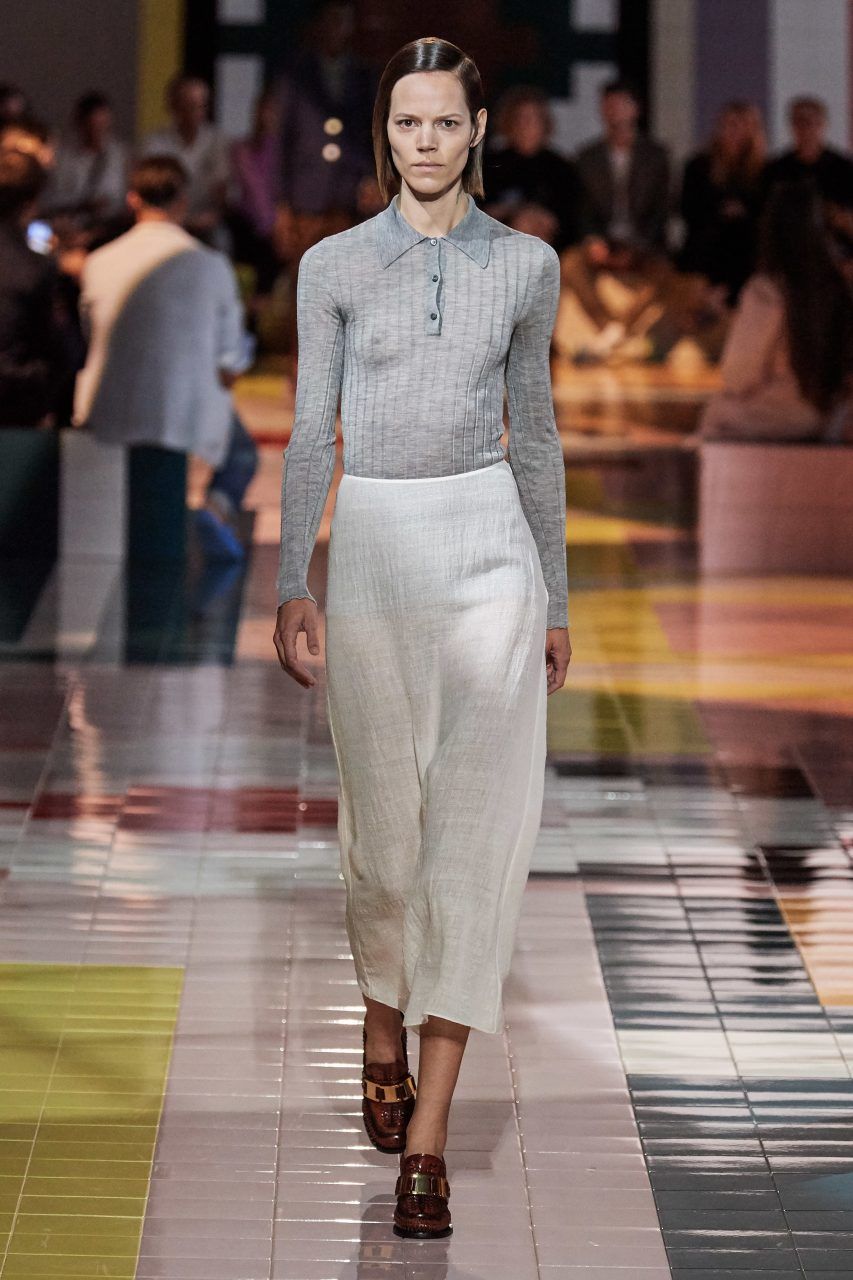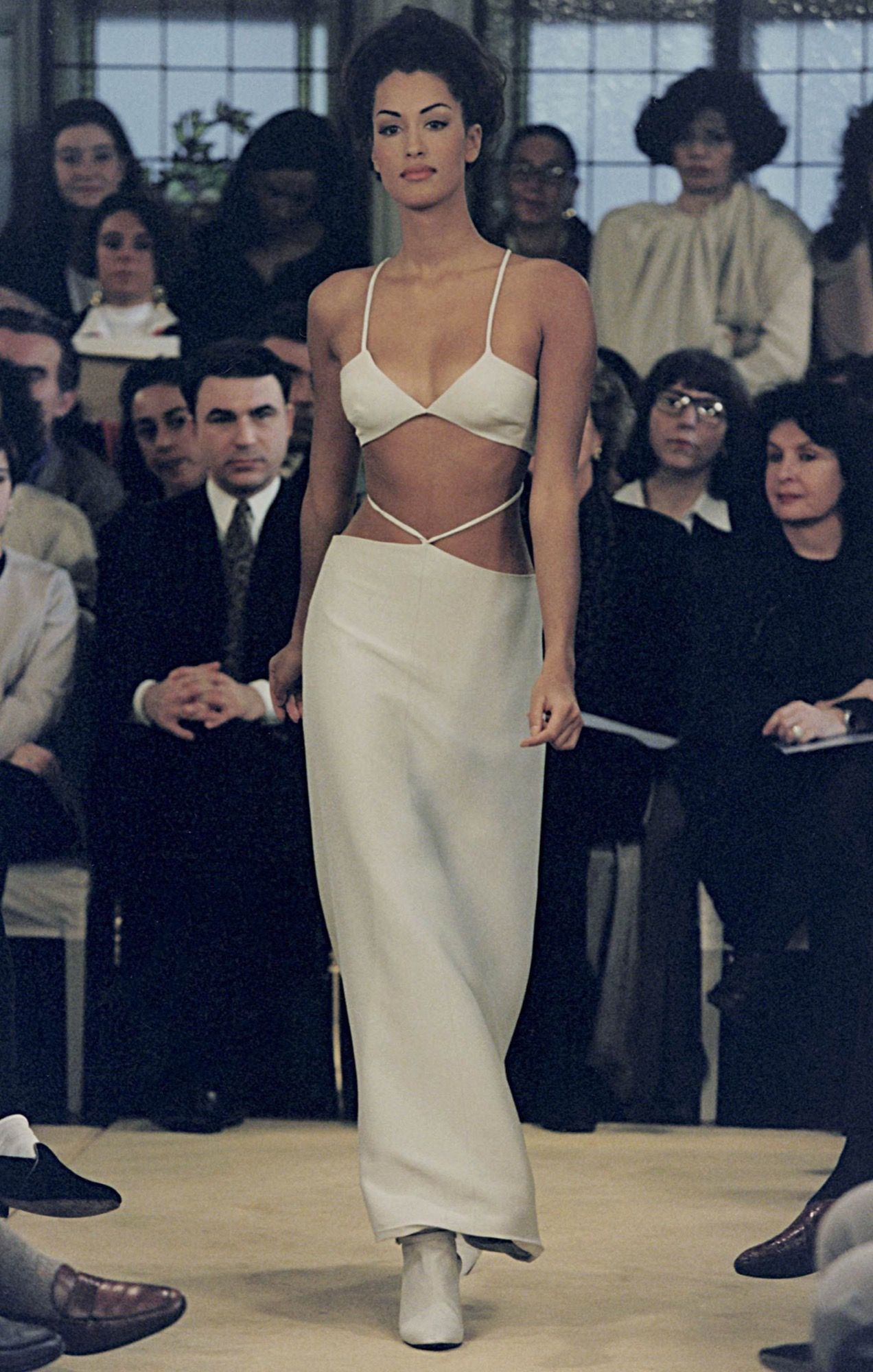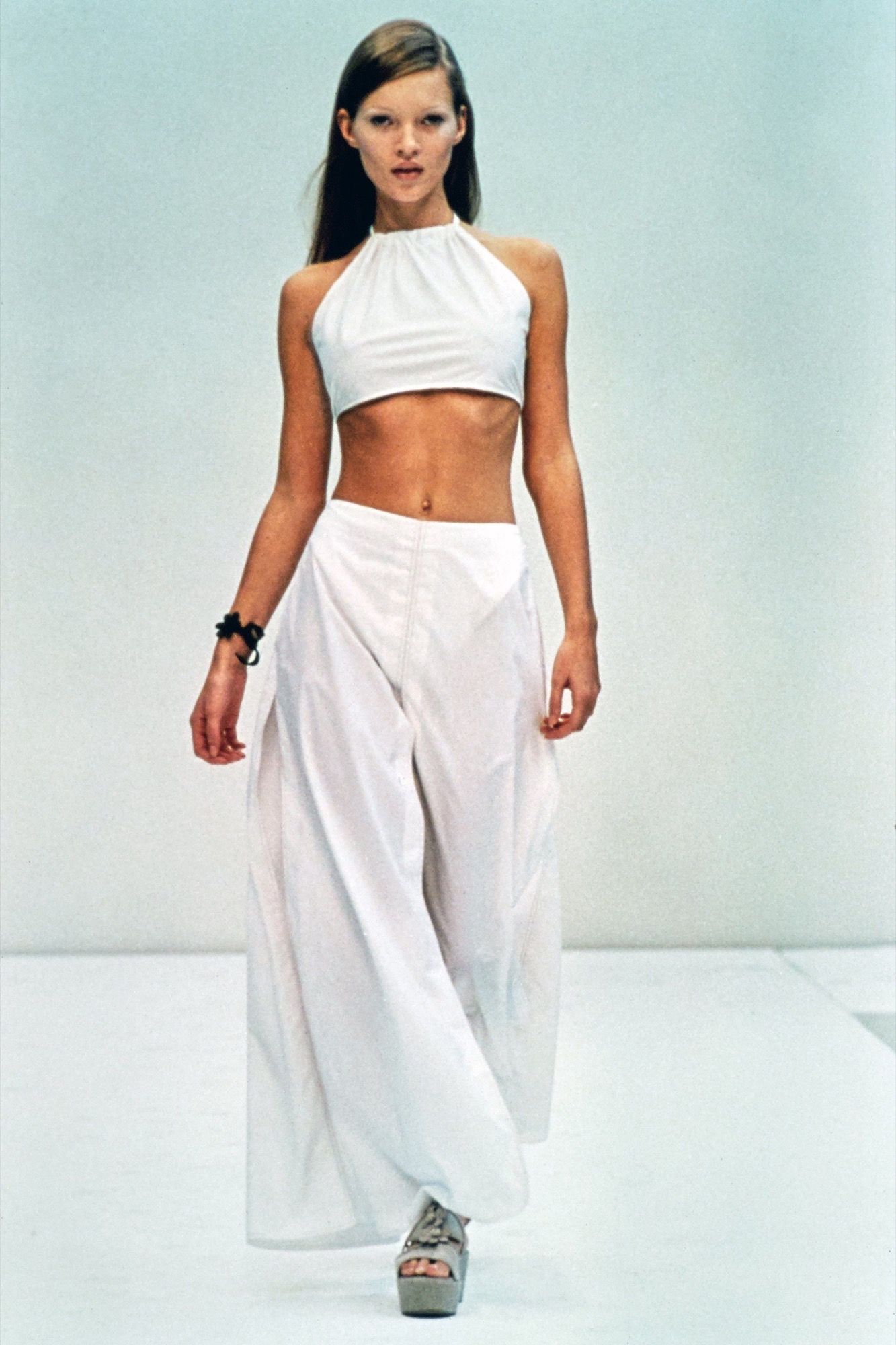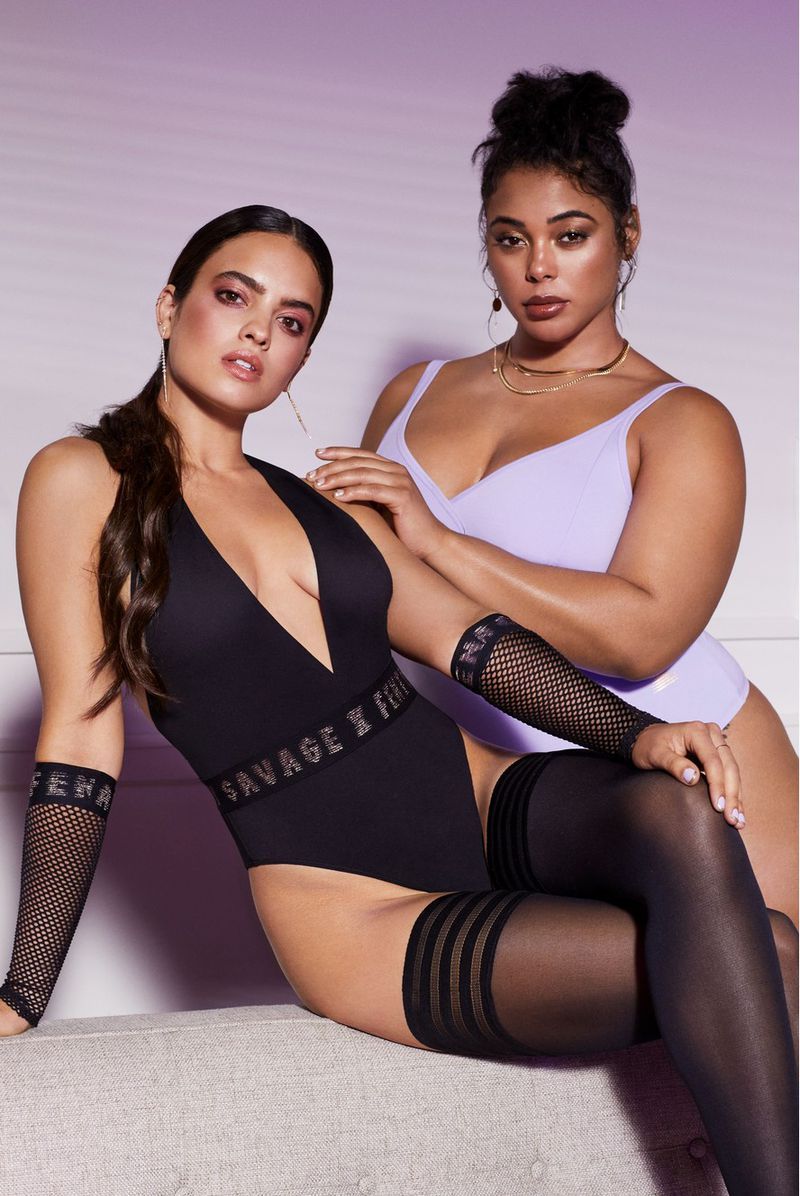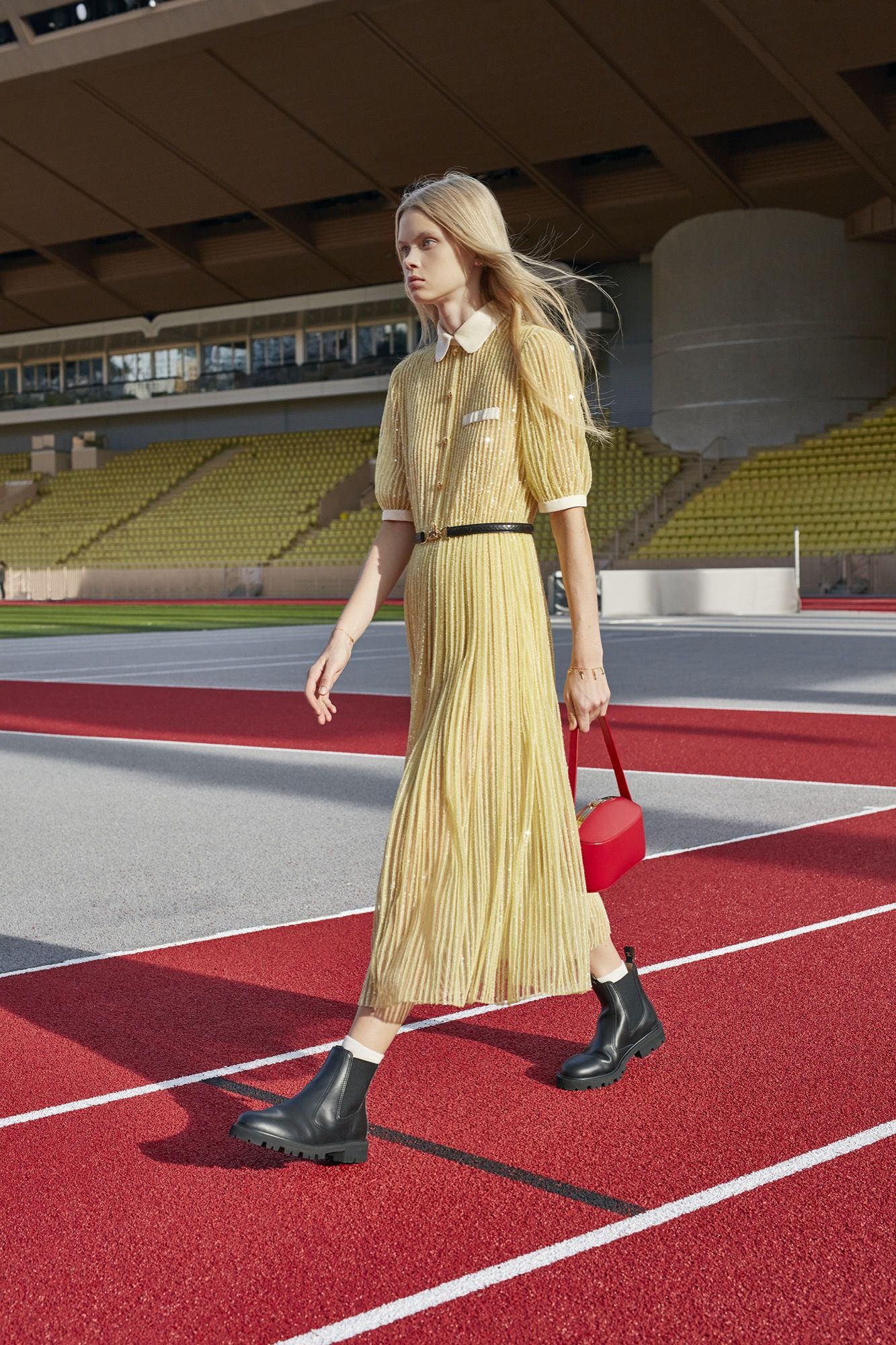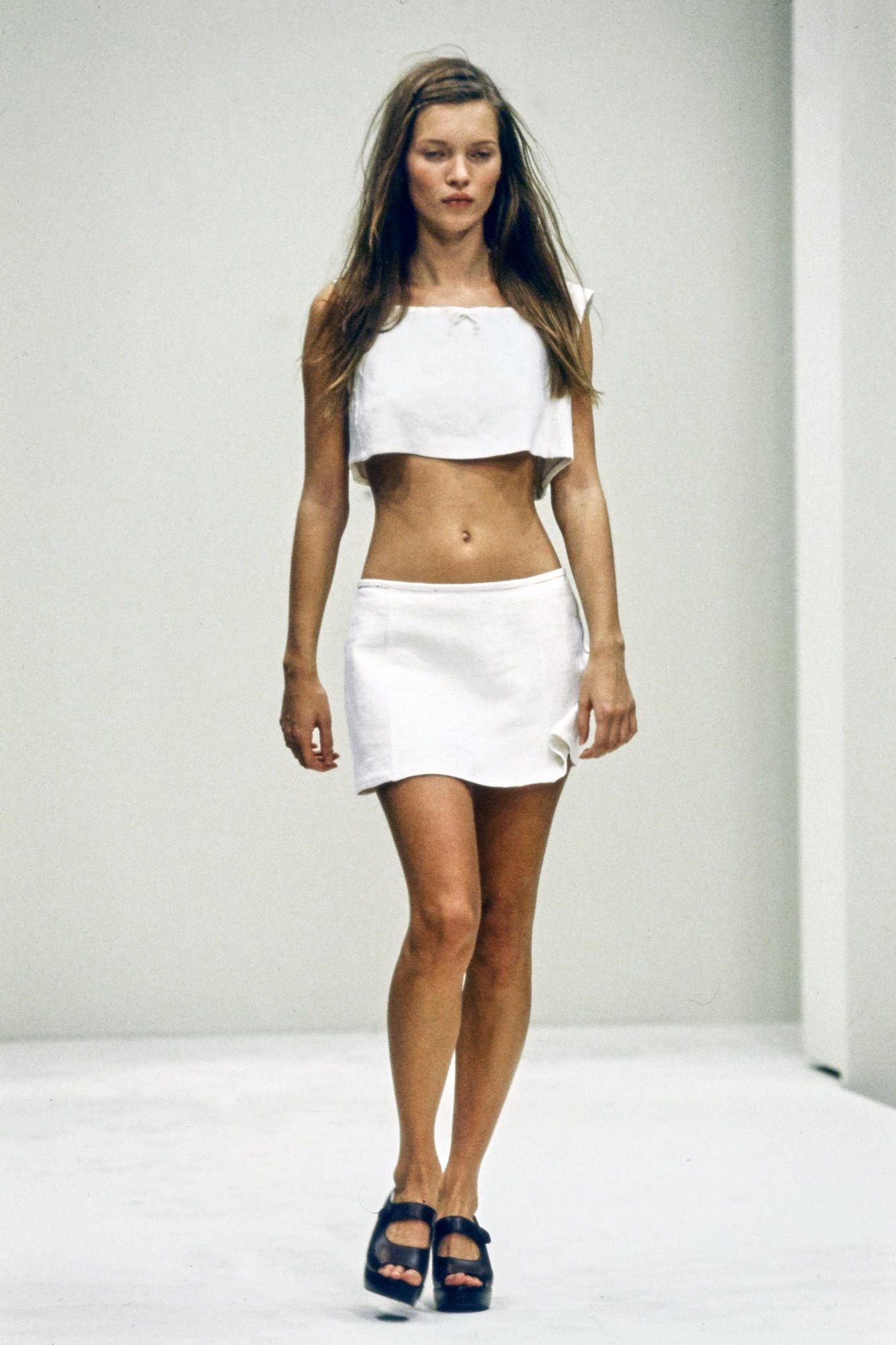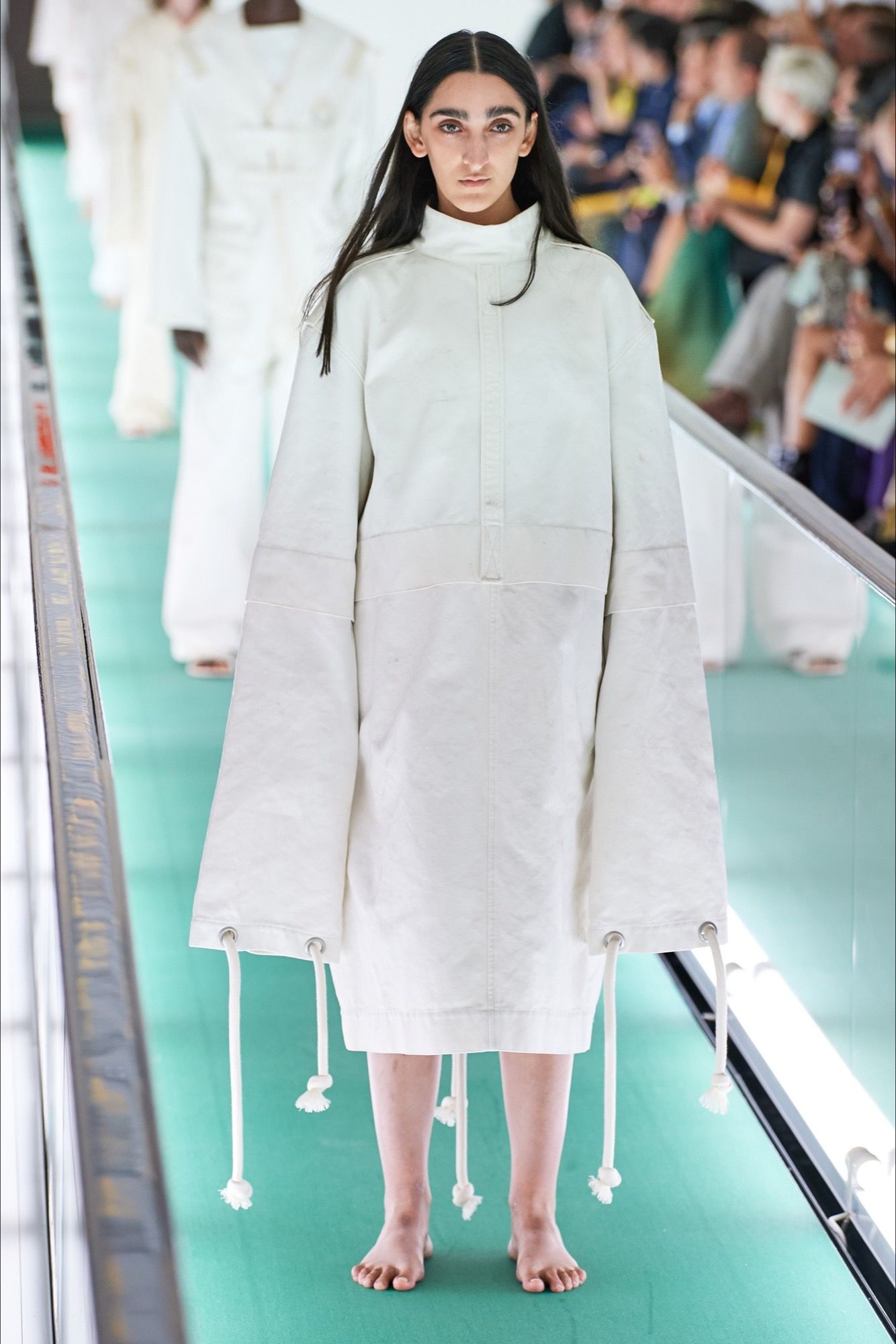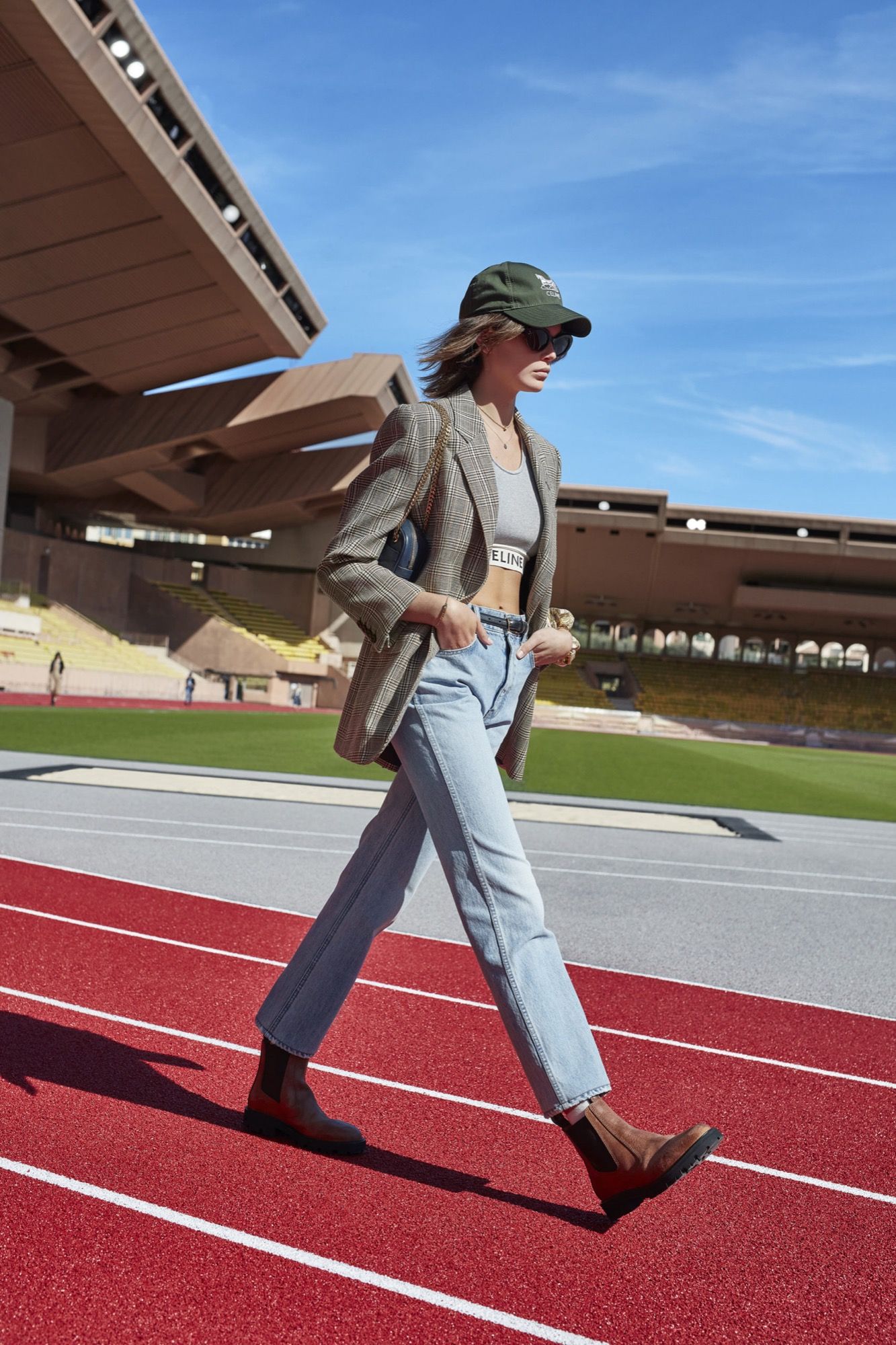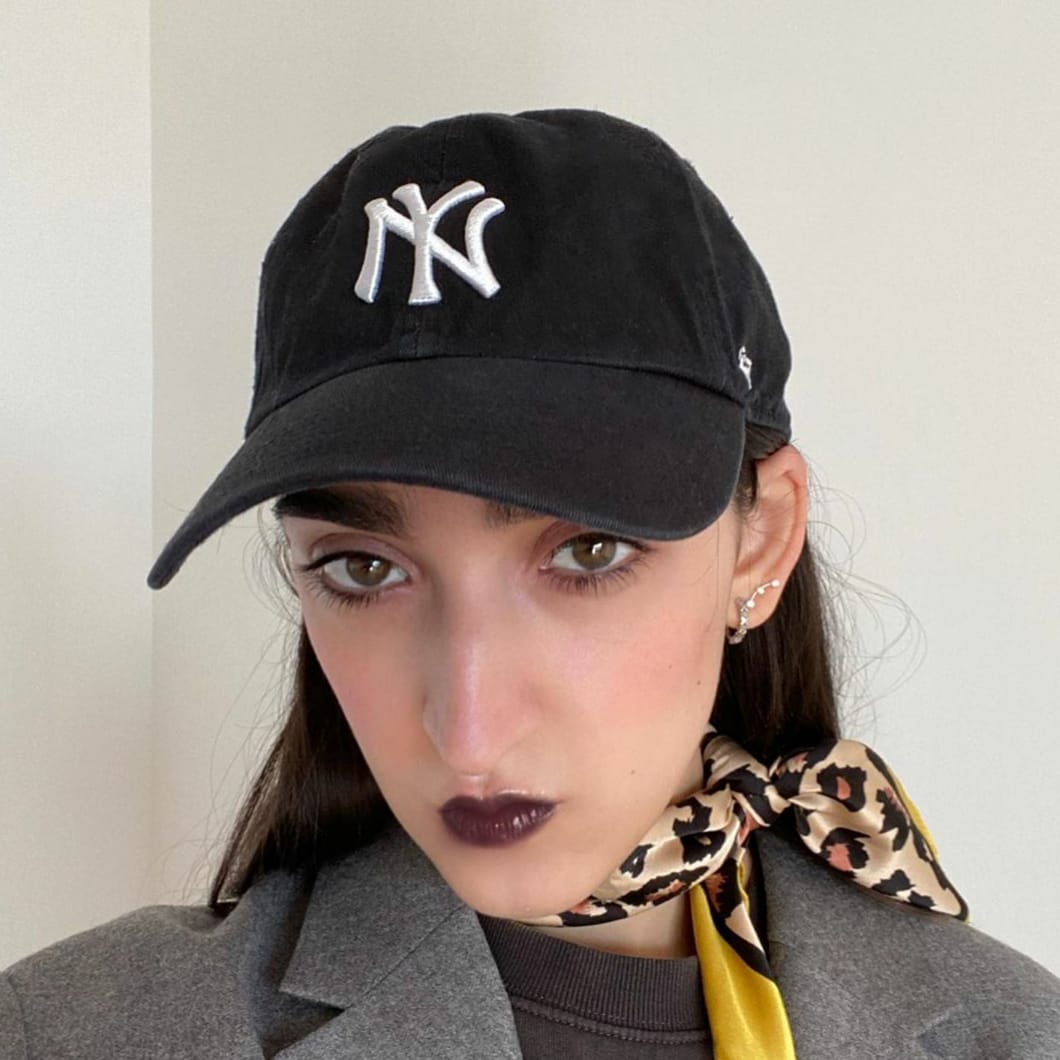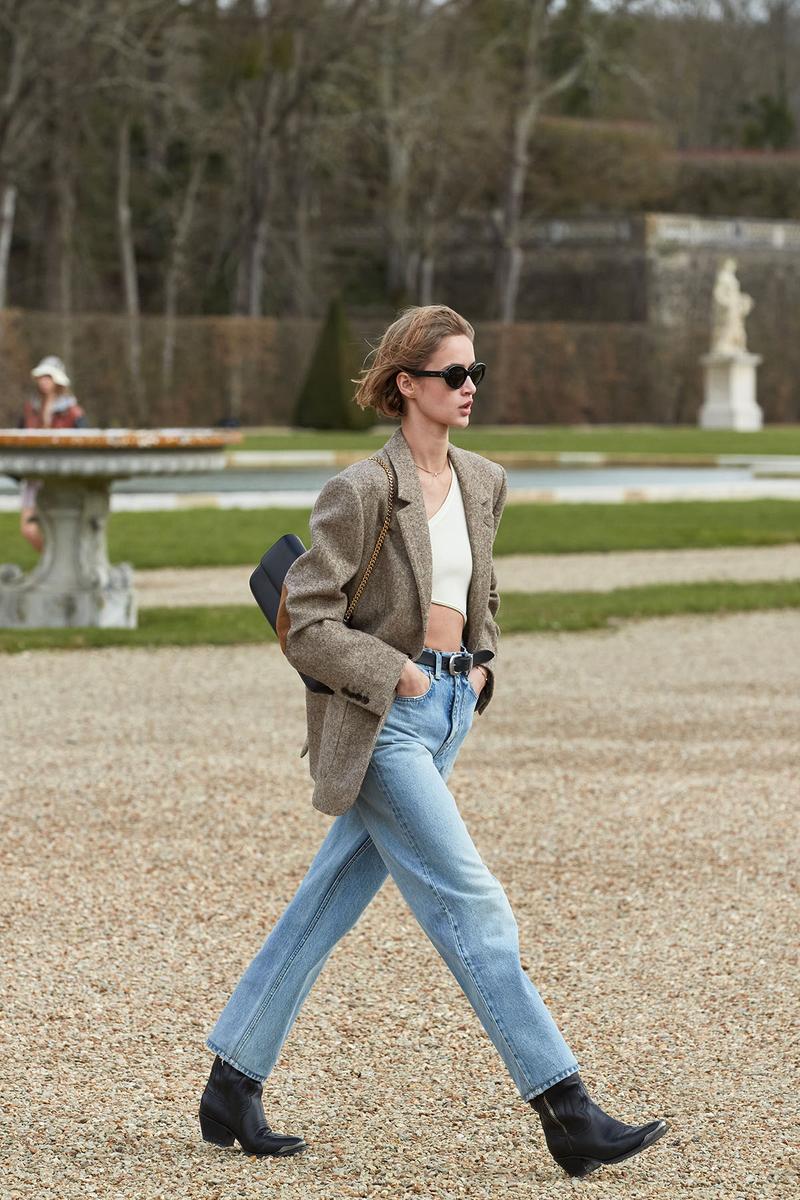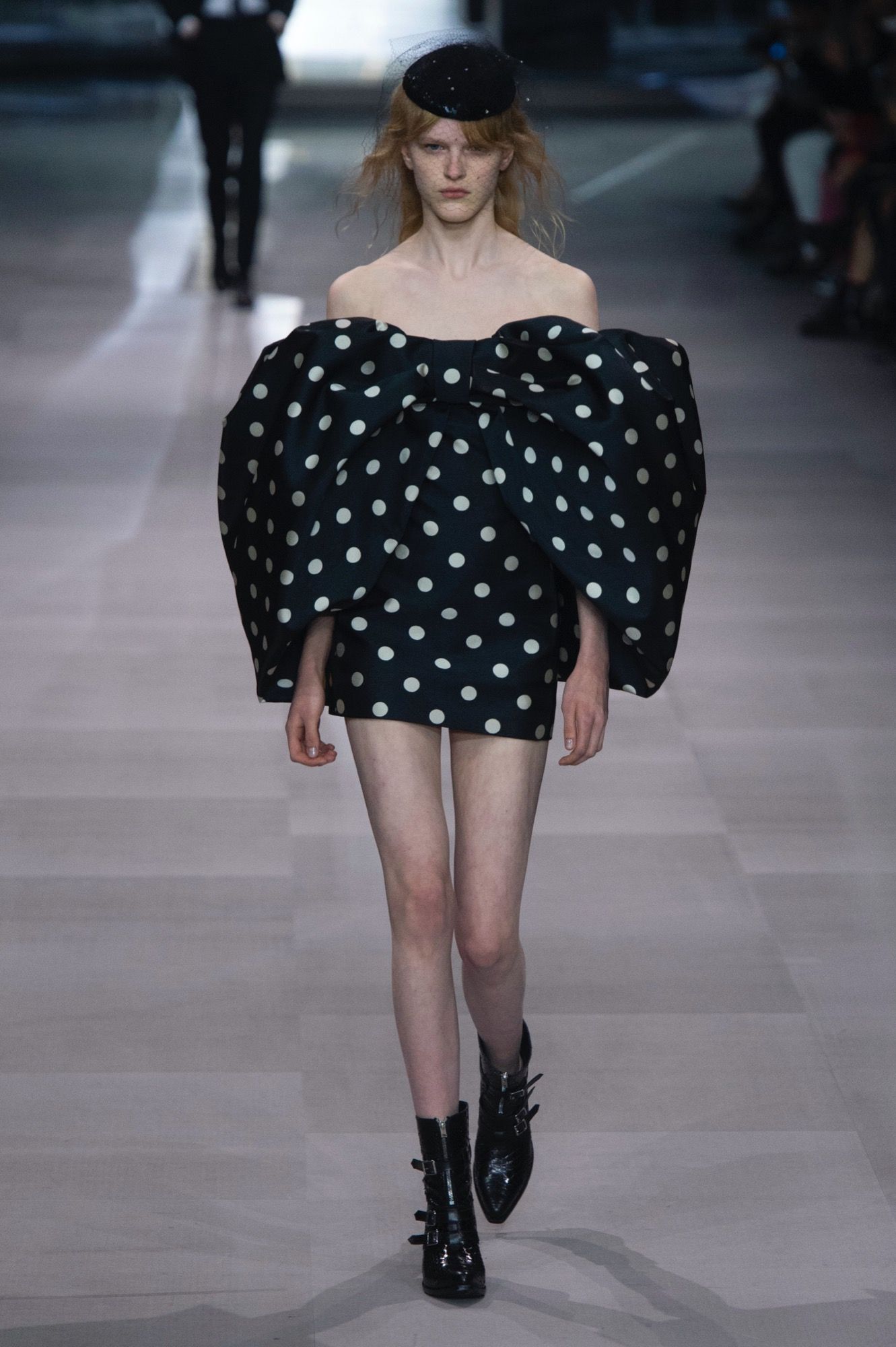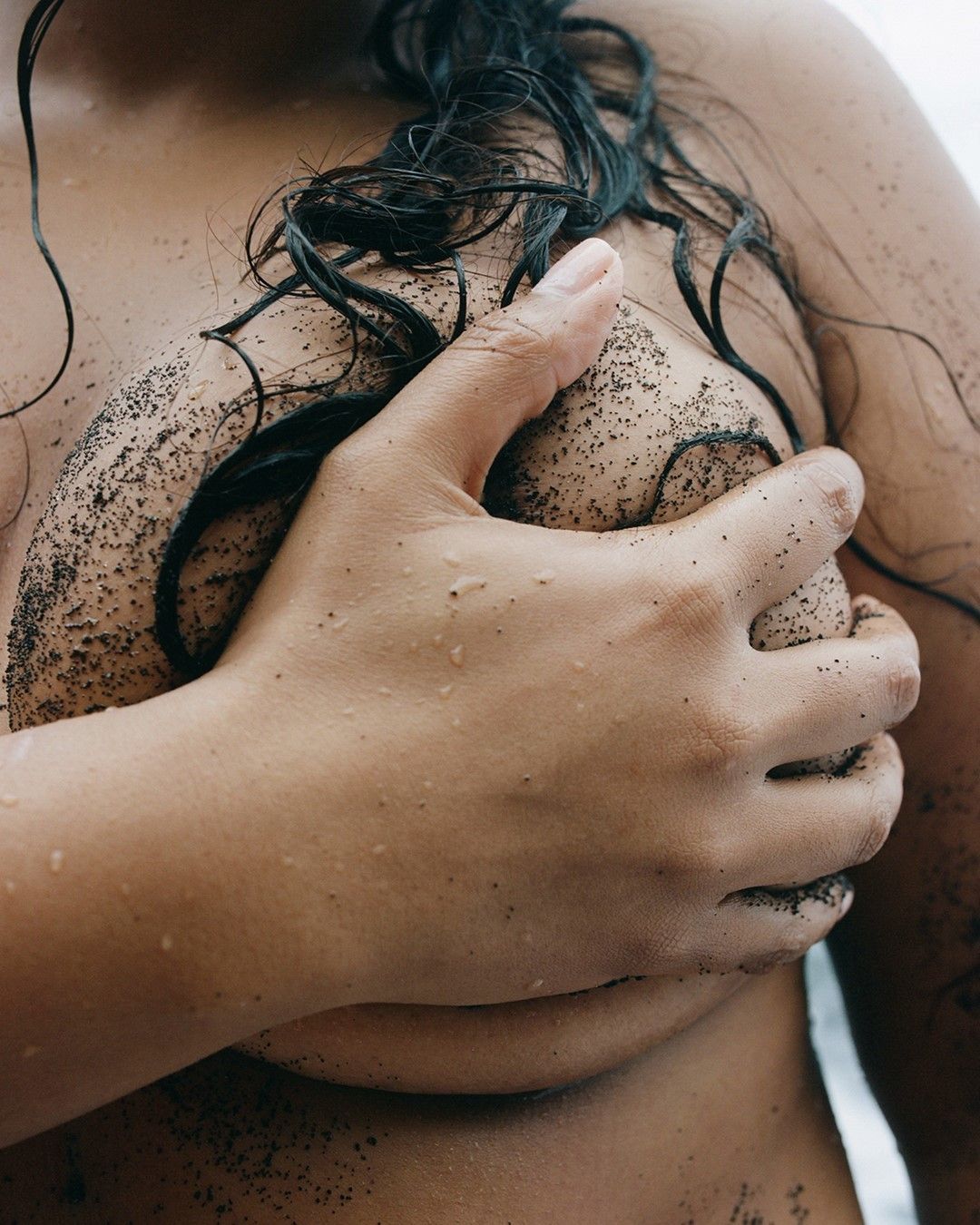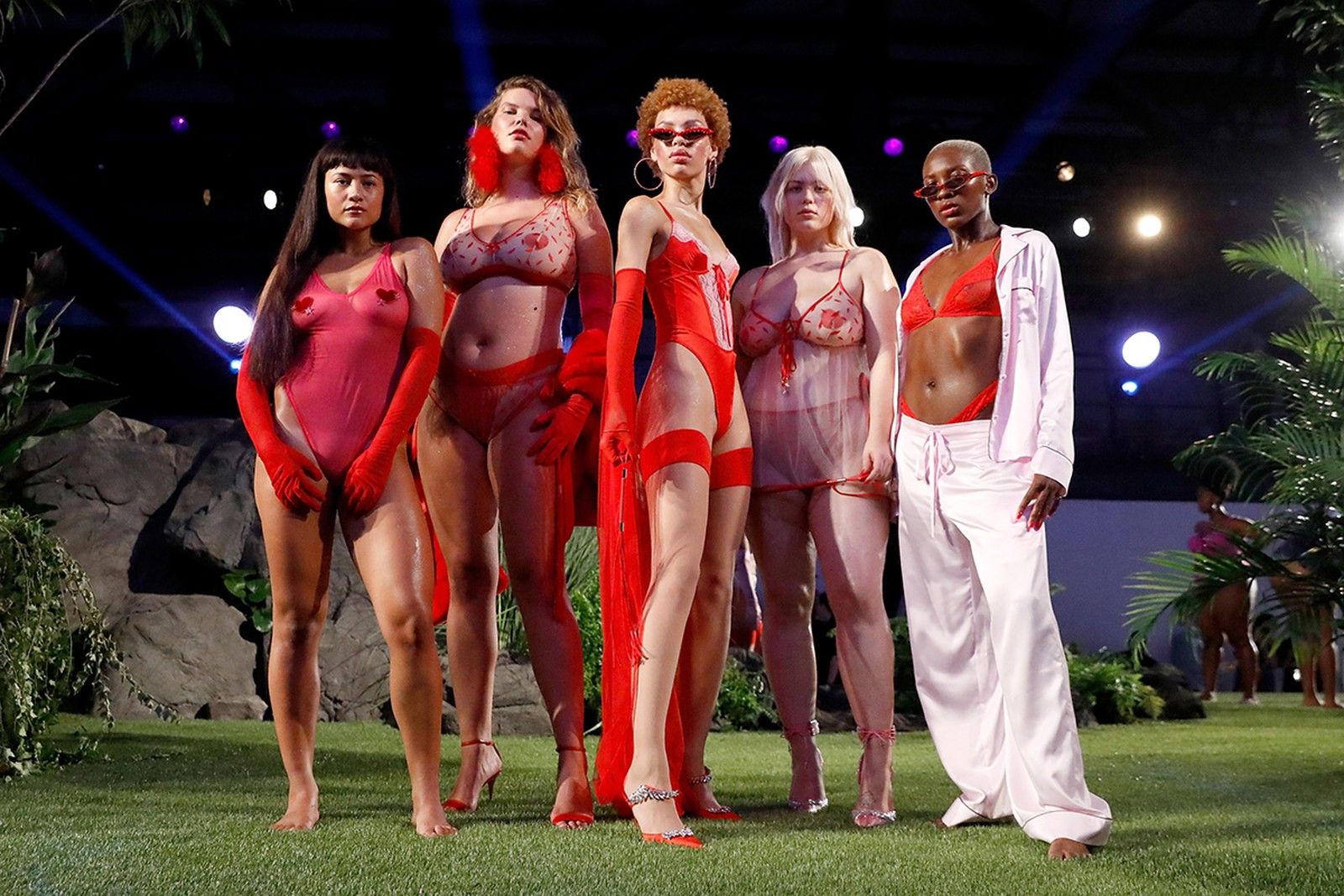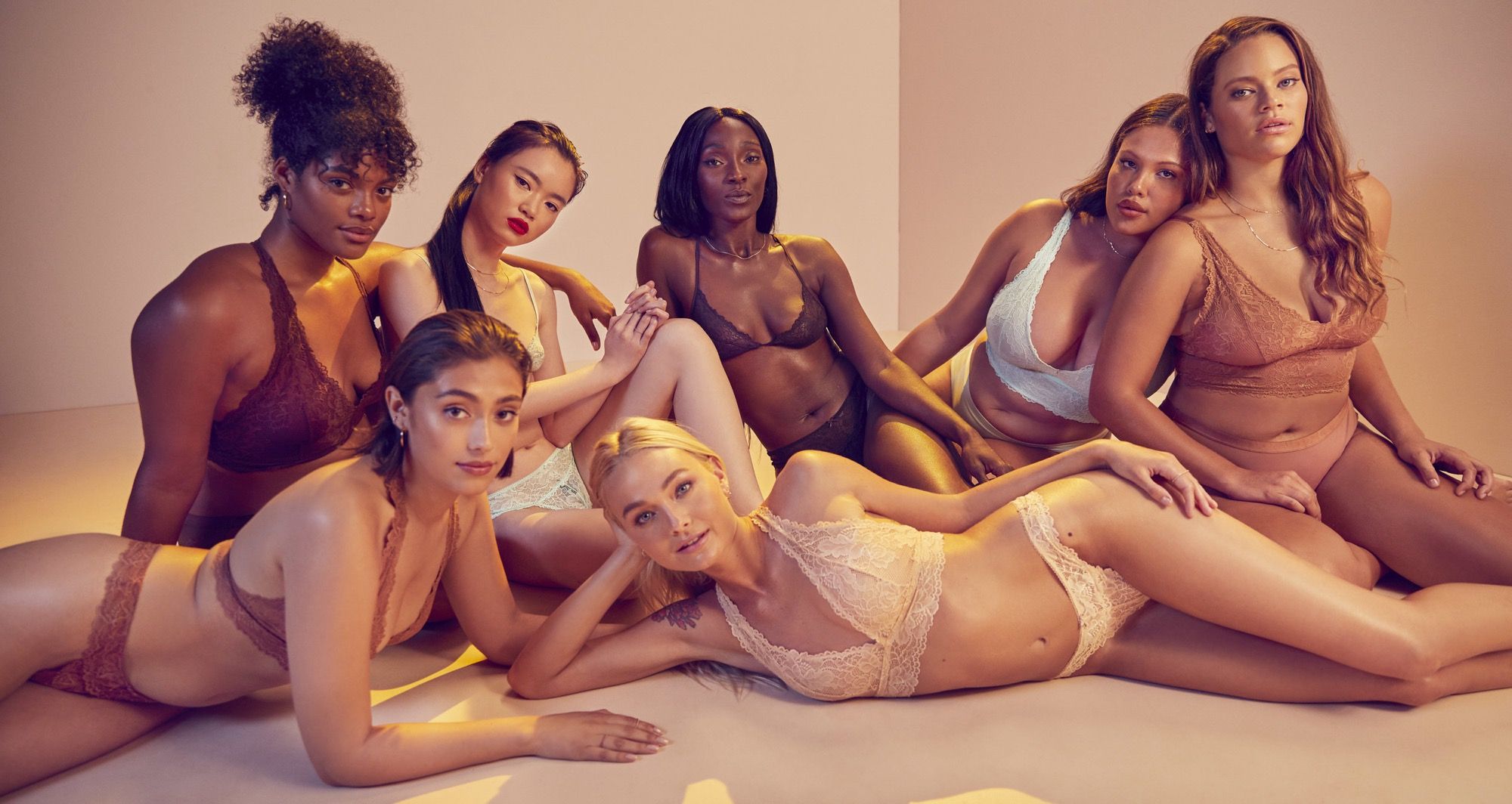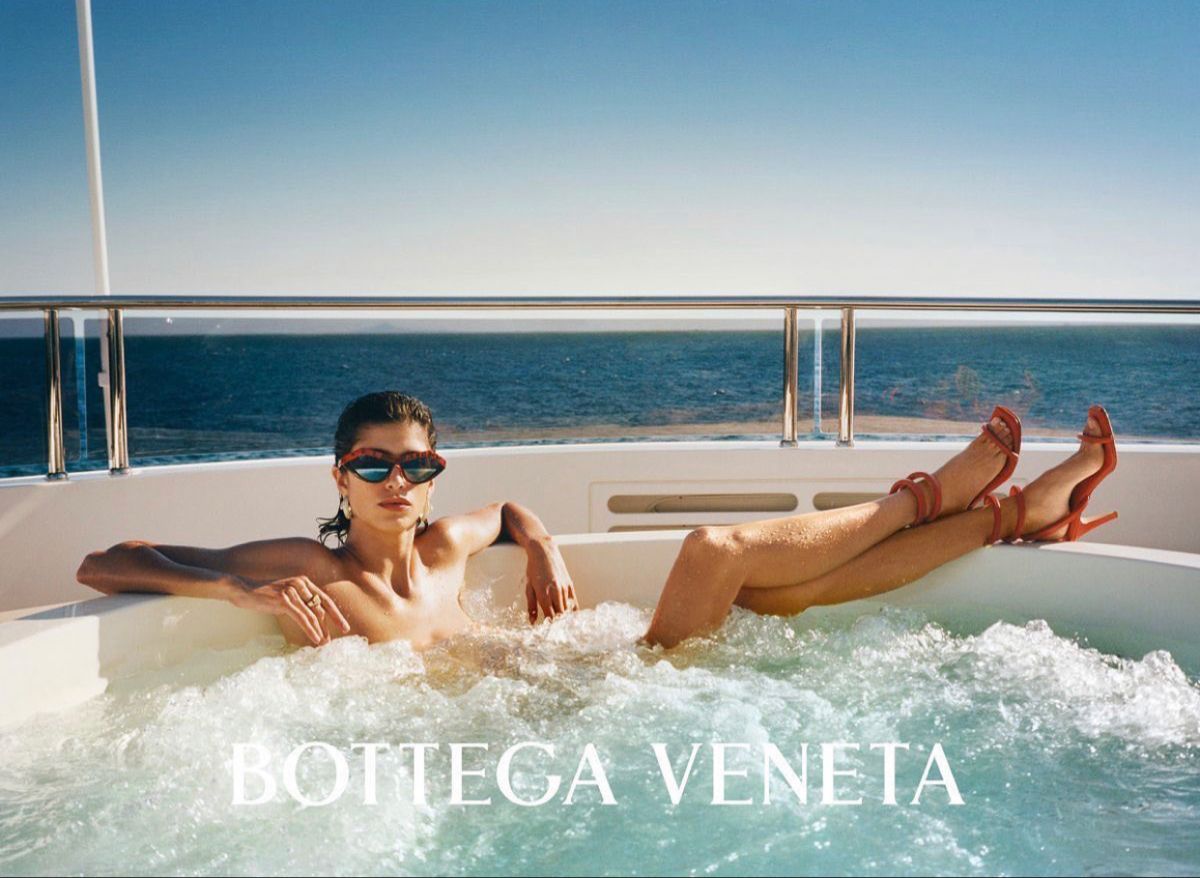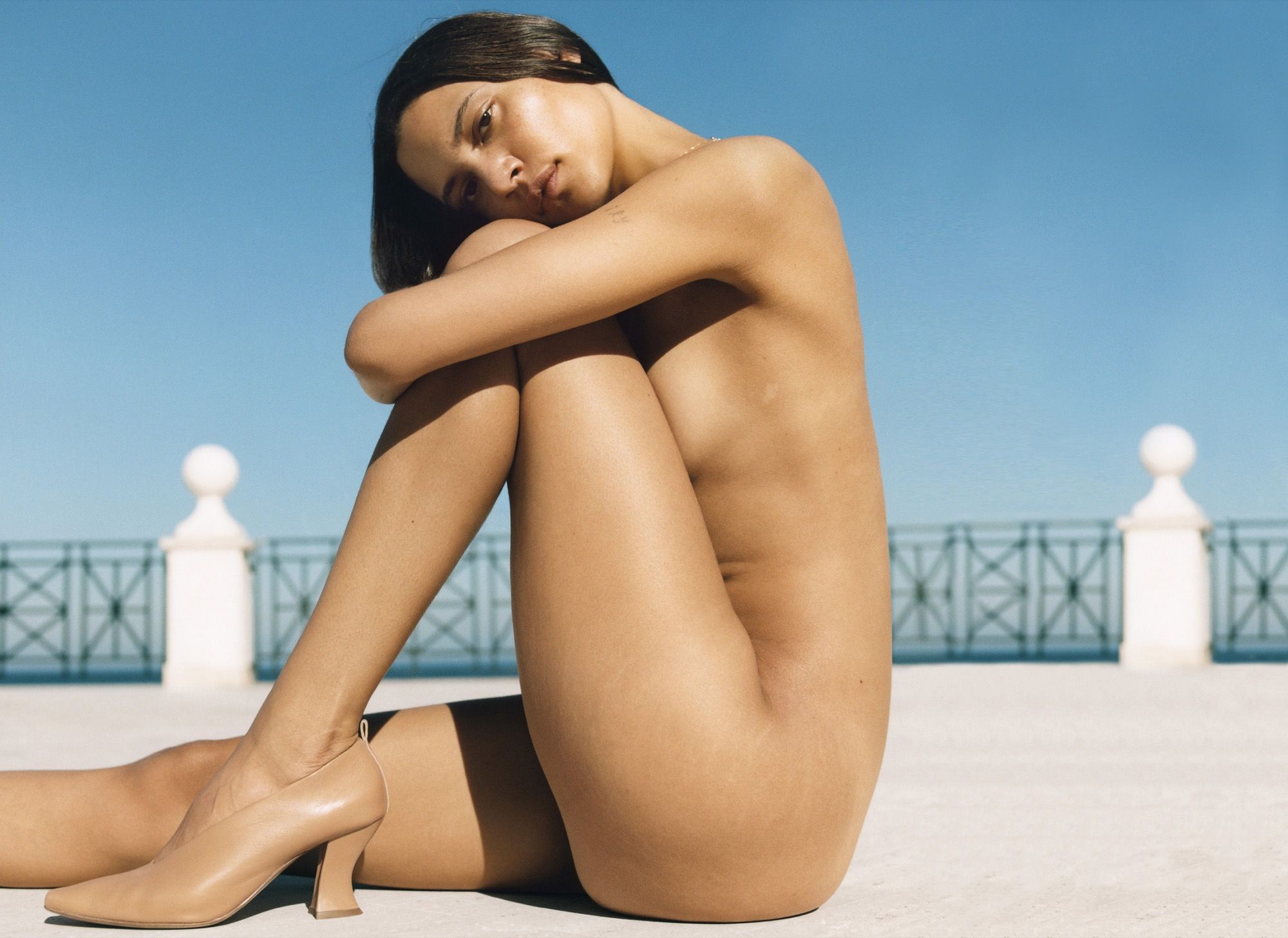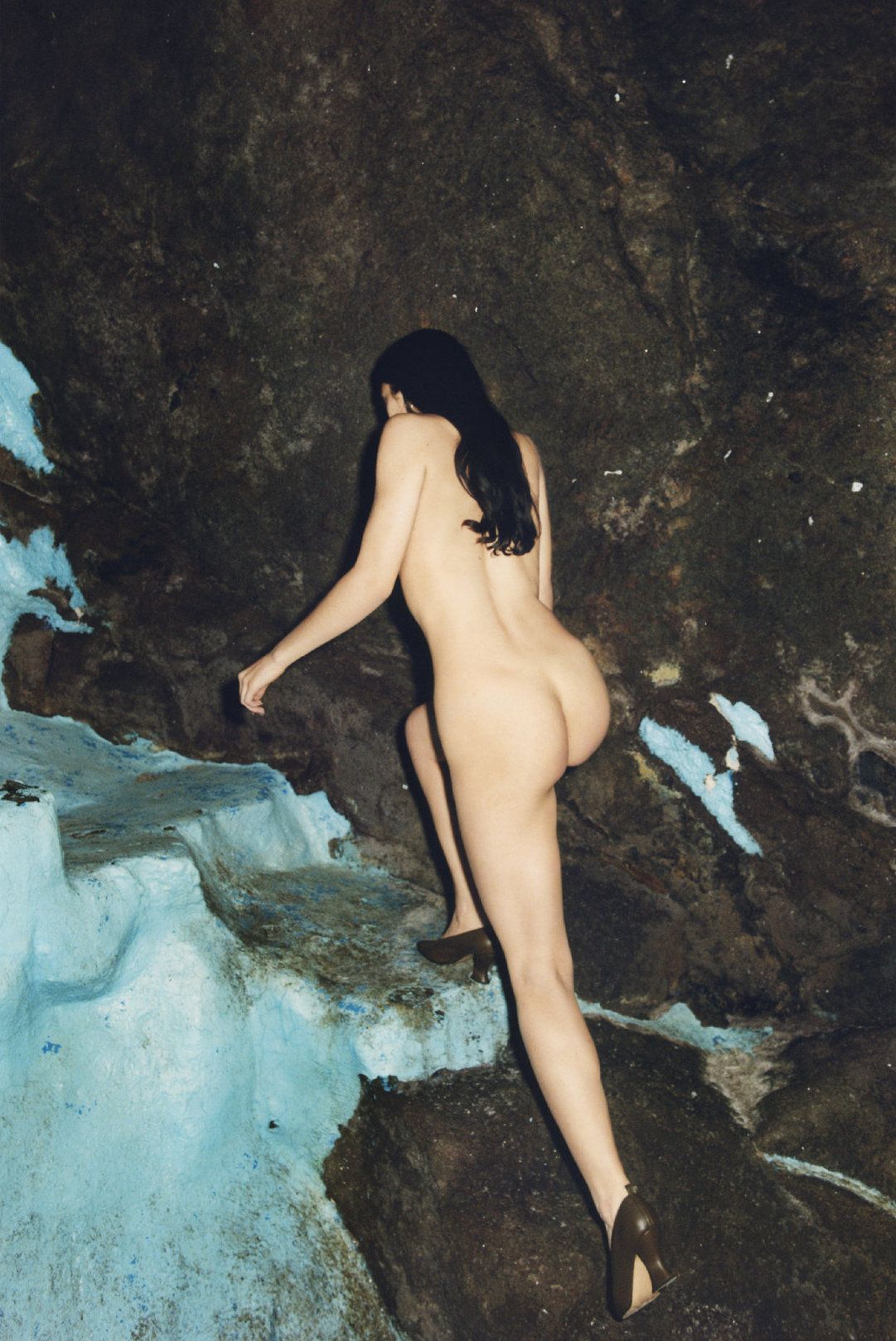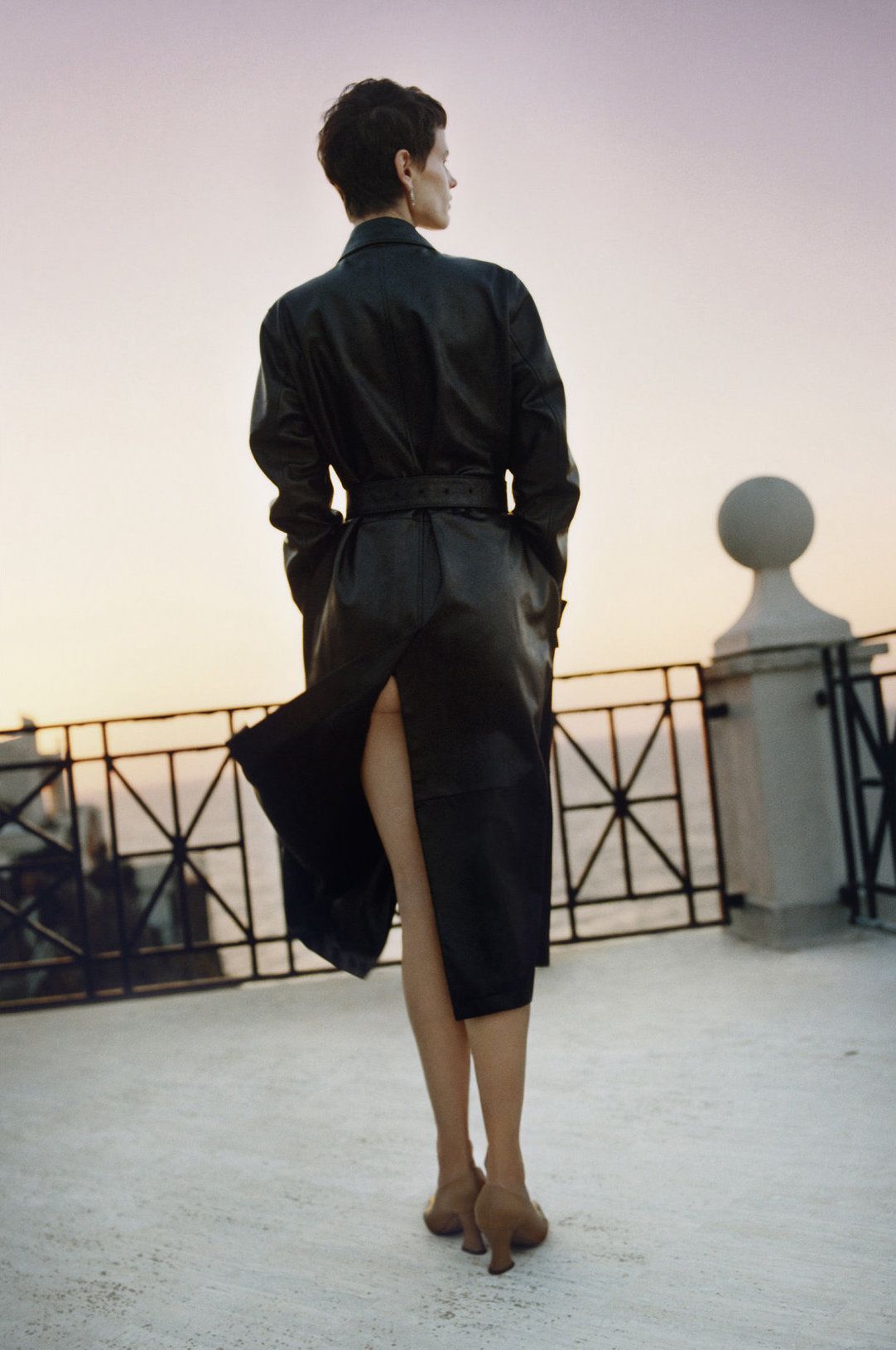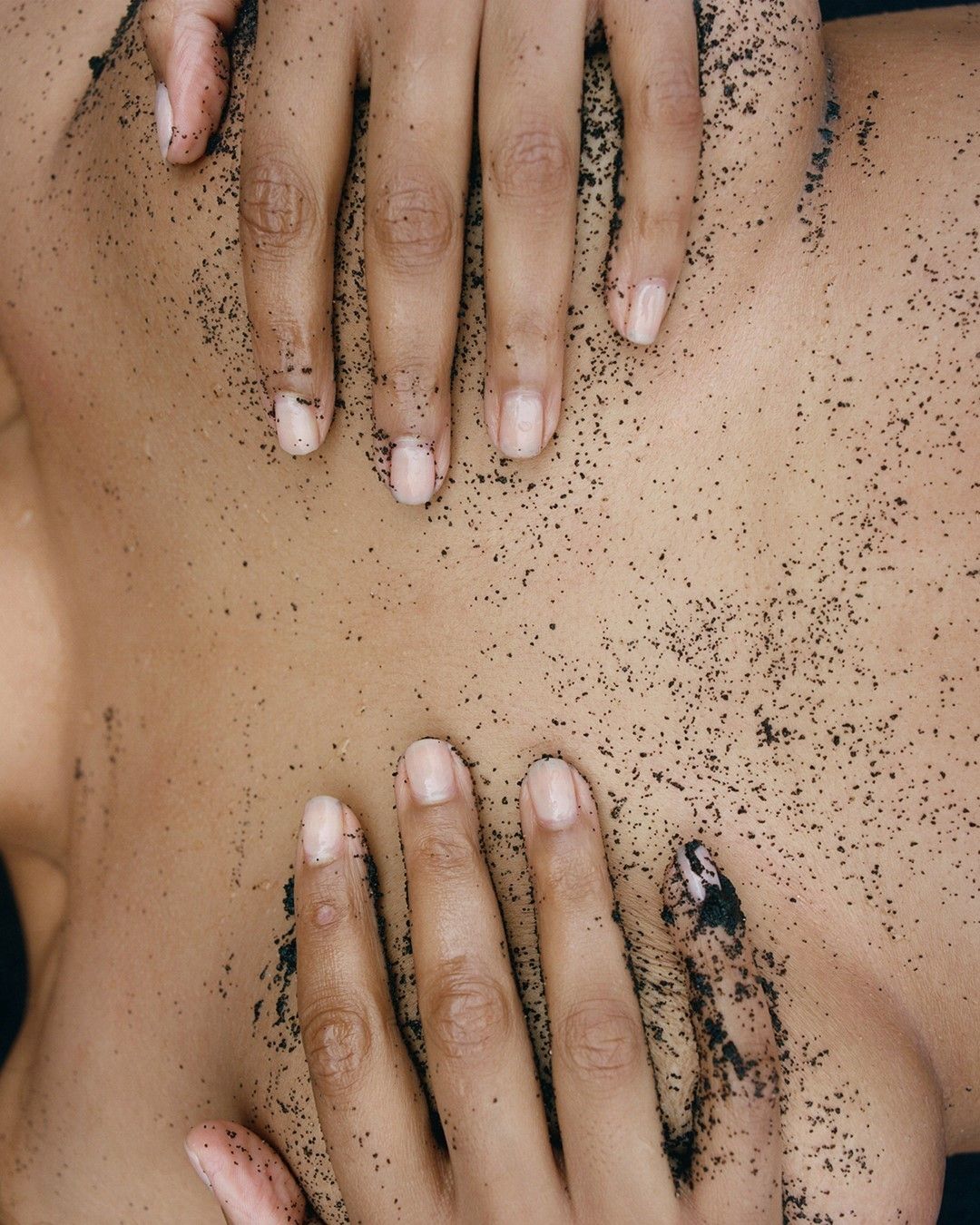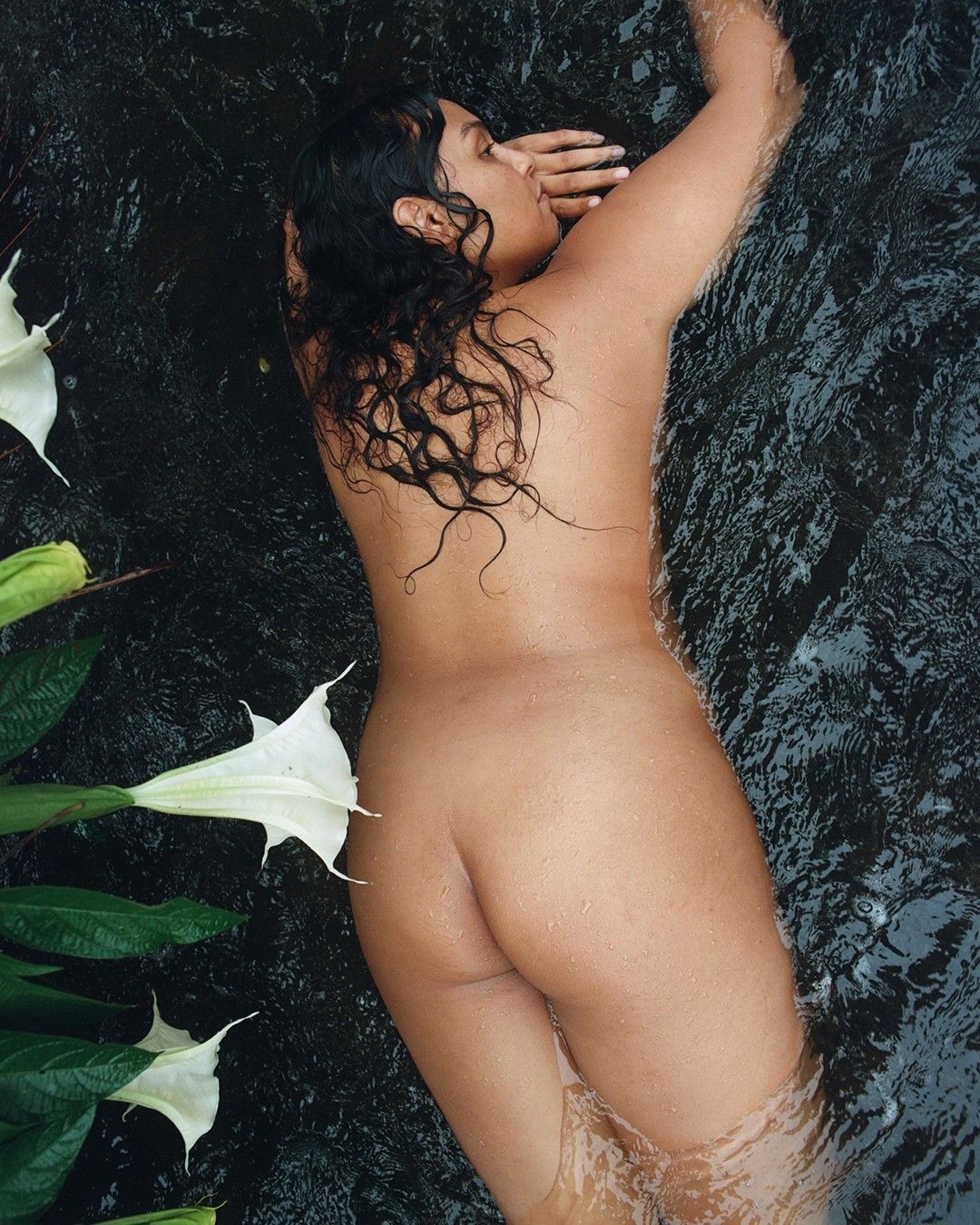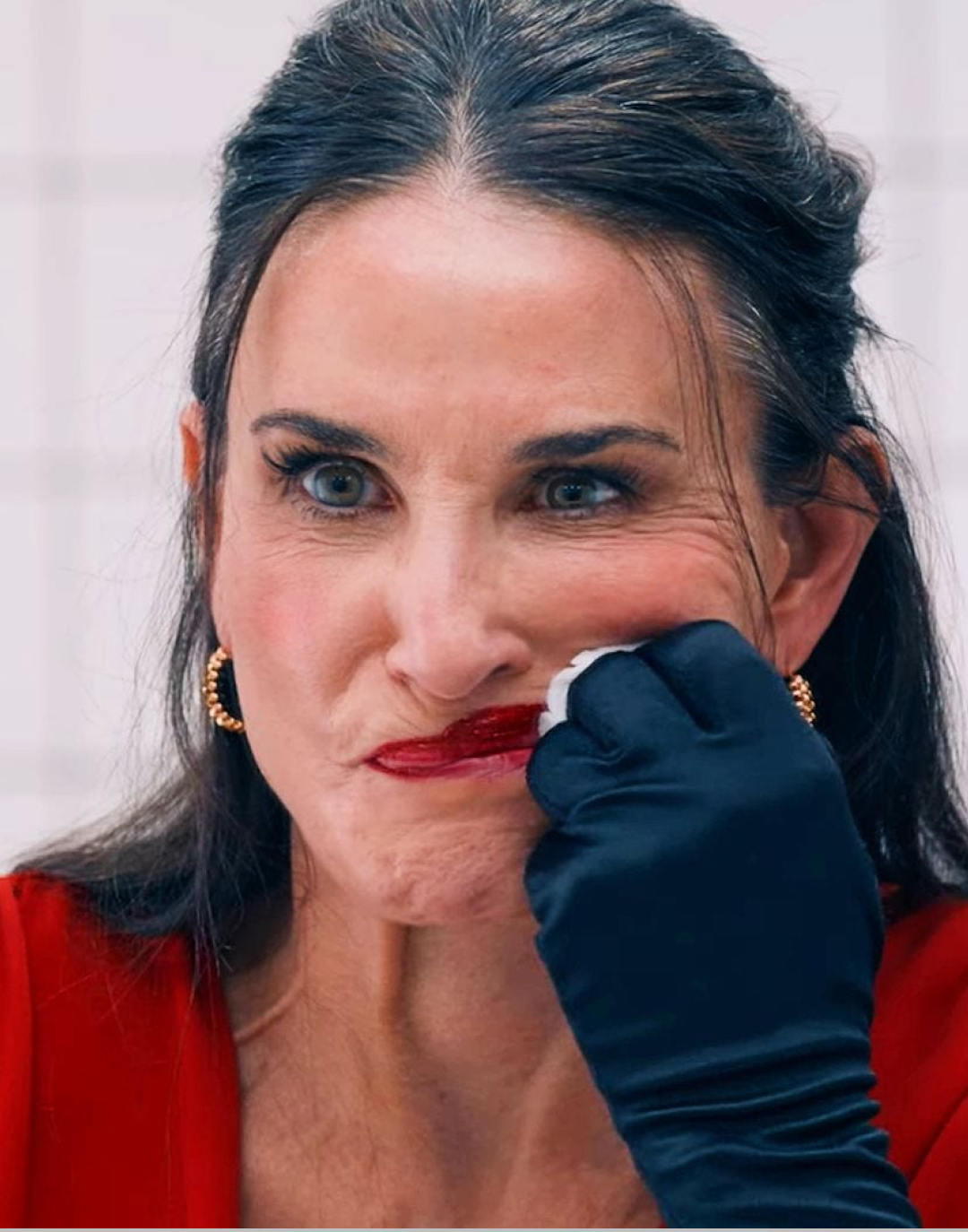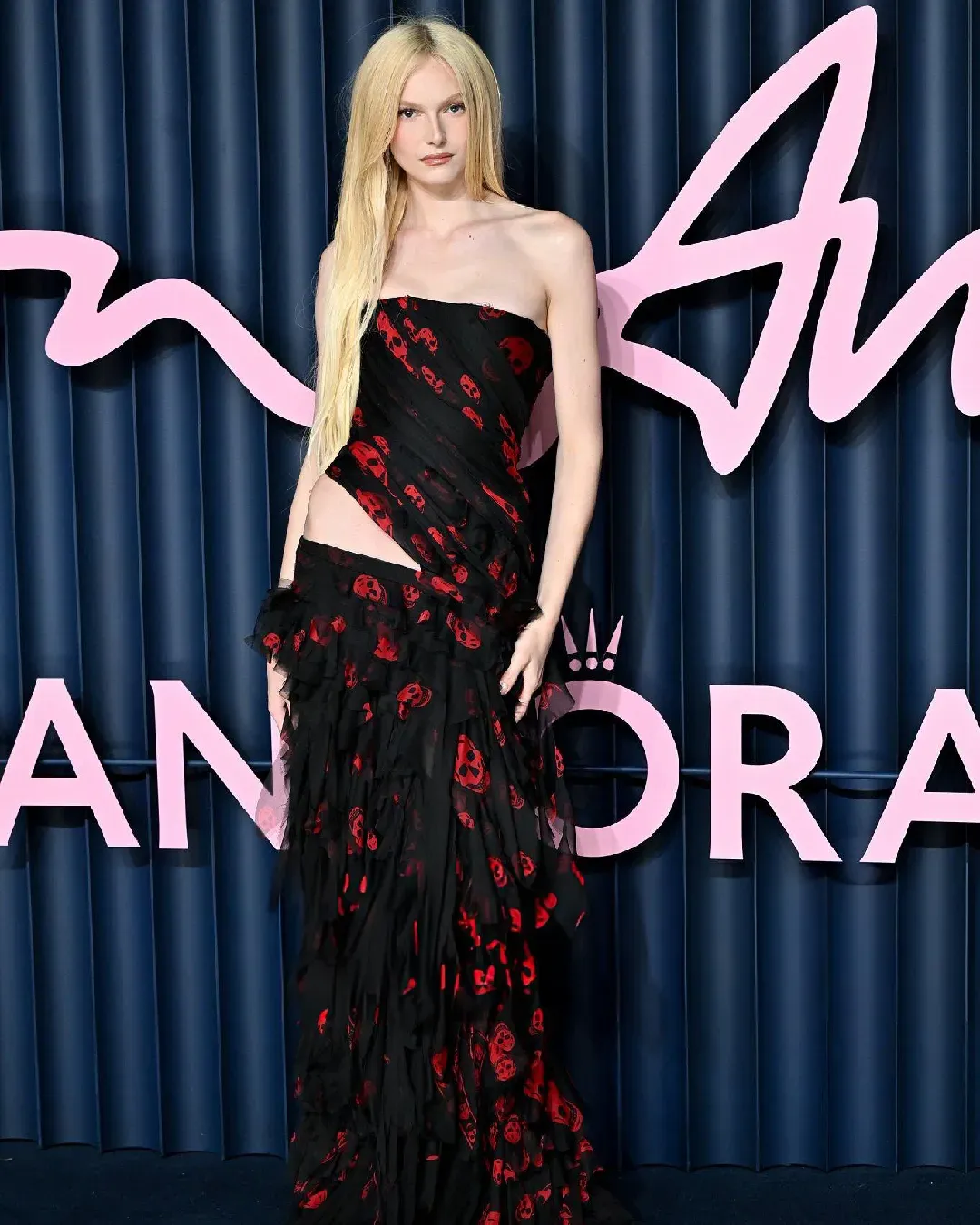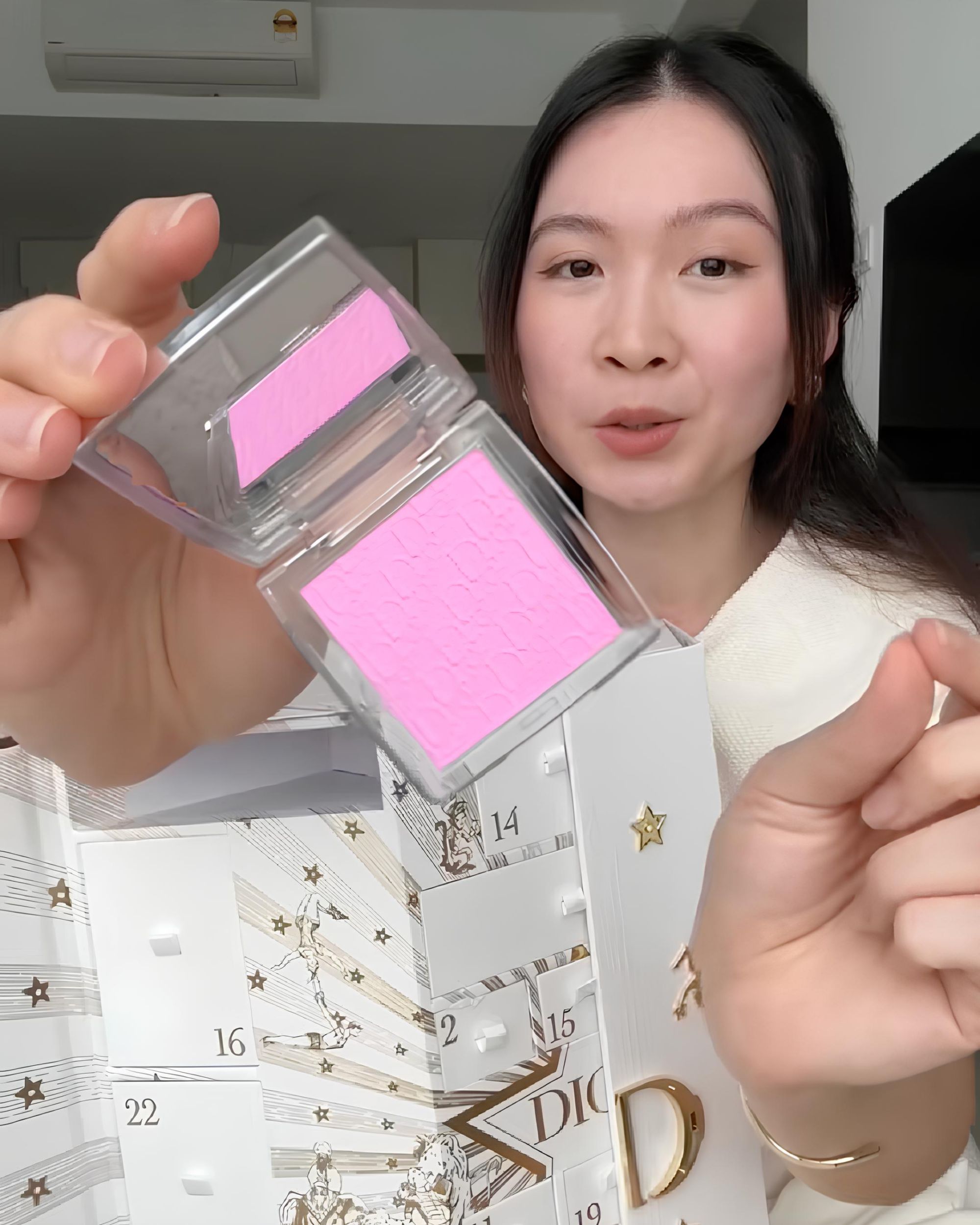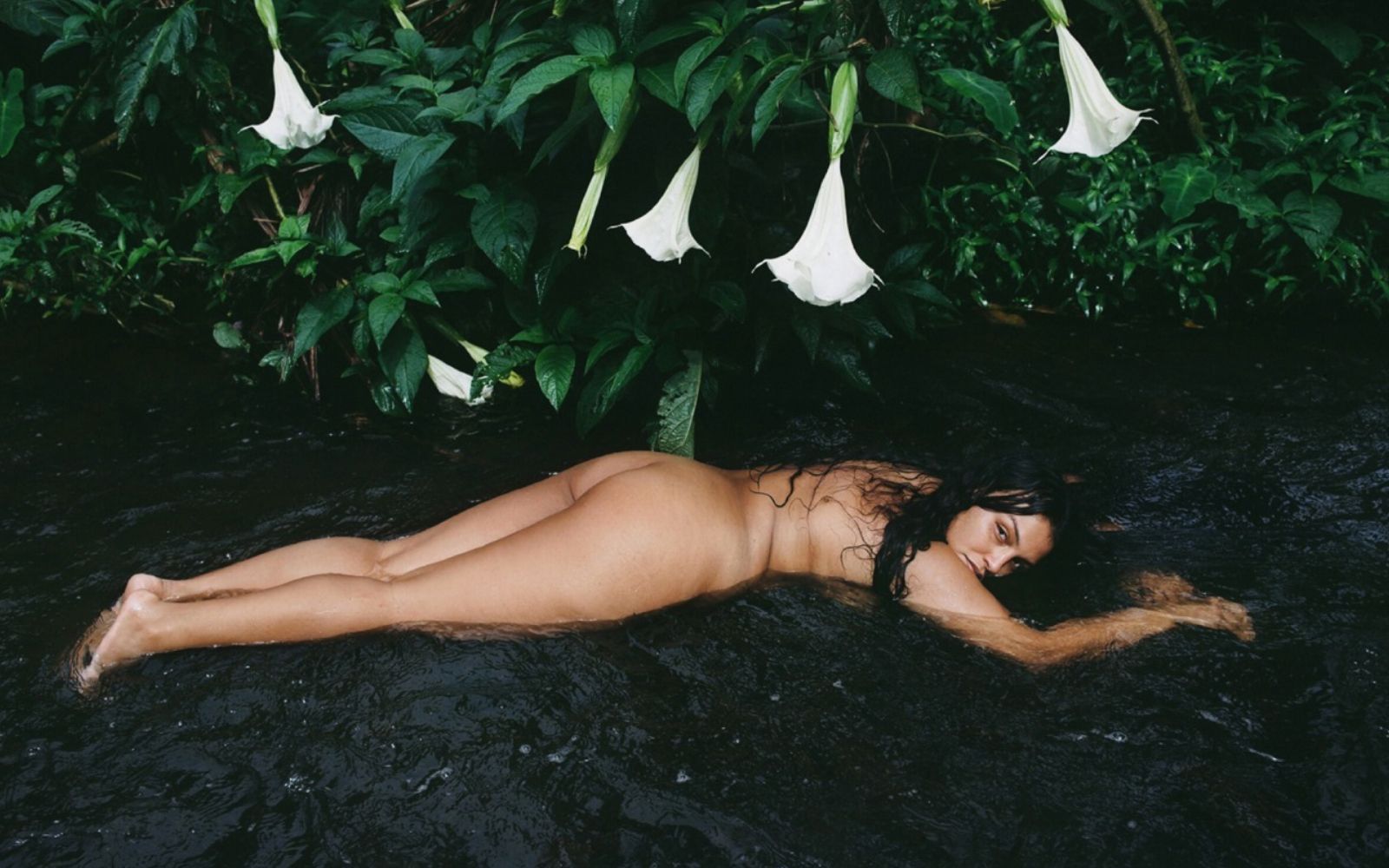
Are fashion brands still able to dictate new aesthetic standards? What happens when Chloé posts on Instagram a picture of Paloma Elsesser, a plus size model
A few days ago on Chloé's Instagram page, between bucolic posts, images of flowers and details of petals, photos of a naked model, with long wet hair, lying on a black sand beach, appeared to embody the importance of the relationship between man and nature, which has always been one of the main themes in Gabriela Hearst's work, the new creative director of the Maison. So far there would be nothing strange, it's not the first time that a fashion brand has portrayed a naked model, and it will certainly not be the last, except that the model chosen by Chloé is Paloma Elsesser, one of the most successful plus-size models and body positivity advocate, who together with Jill Kortleve and Ashley Graham, is trying to bring greater diversity on the catwalks and in fashion campaigns.
If the comments of the users of Chloé's IG page were already rather sceptical and critical of the new direction taken by the brand, the images of Elsesser have sparked very harsh reactions. In addition to the usual body-shaming comments, some users commented by writing "This is not necessary", "Why", "And what has nudity got to do with your bags and clothes???", in addition to the hundreds of "Unfollows", as if to insinuate that Chloé's was a well-calibrated show-off operation to unleash the storm of comments that promptly arrived. There is nothing surprising in these reactions, but the Chloé case, if we want to call it that, has little to do with body positivity but instead requires a reflection on the role that fashion brands have in the shaping of a shared taste, in the introduction of a common aesthetic sense.
In choosing Paloma Elsesser Chloé made a political and aesthetic choice, dictated by the intention to send a very clear message in the sector, especially in the luxury panorama, where diversity still struggles to catch on, and where being a spokesperson for the movement is relatively easy. As a user on IG points out well, this is an effective marketing operation, a successful move for brand reputation, which does not however cancel the fact that for how many models can walk the catwalk during a show (on average no more than three), in-store clothing sizes never go beyond size 44.
The prerogative of traditional luxury is aspirational, constantly showing us what we could be and what we could have, through glossy images of perfect, happy and fit models. That type of luxury, however, doesn't have the same strength and glam that it used to, in the face of a world that has changed and that has also imposed a transition towards reality and diversity in luxury as well, leaving aside the unattainable dreams that it has told in the last few years. Aren't we tired of buying a dream, isn't it time to really identify with what we buy and the way it is presented to us? Is it so unthinkable that in real life a woman like Paloma Elsesser wants to wear something by Chloé?
Think of that useless fuss that was unleashed around Armine Harutyunyan, the Armenian model chosen by Gucci for several fashion shows, who for many was not beautiful or hot enough to get on a catwalk. But that face for many so atypical fit perfectly into the aesthetic introduced by Alessandro Michele at Gucci, a choral representation of everything that had never been part of a fashion house (except for fat people...). Hedi Slimane creates skeletal clones in any Maison he works, whether it's Saint Laurent or Celine, Versace gave unprecedented fame to supermodels with a toned and perfect physique; Prada made skinny and thin models the pinnacle of 90s minimalism. Each has its own aesthetic model of reference, and perhaps the only one to have introduced a realistic one because it's varied in all its components is Rihanna with Savage x Fenty - and it's no coincidence that she is not a designer in the most traditional sense of the term - just as Calvin Klein in recent seasons has done an important job in choosing testimonials of every ethnicity and body type. These are certainly commercial operations, born to be provocative and to make people talk, but which in the long run contribute to the actual evolution of pop culture and the mainstream aesthetic.
The body positivity movement doesn't believe and state that all bodies are beautiful, but that all bodies are valid, therefore worthy of being seen, shown, told and photographed. Perhaps it's not Chloé's turn to impose a different aesthetic model, which is not different but is simply the precise reflection of a composite reality, in which women with sizes 38 and 46 have the same right to wear a designer piece.










































